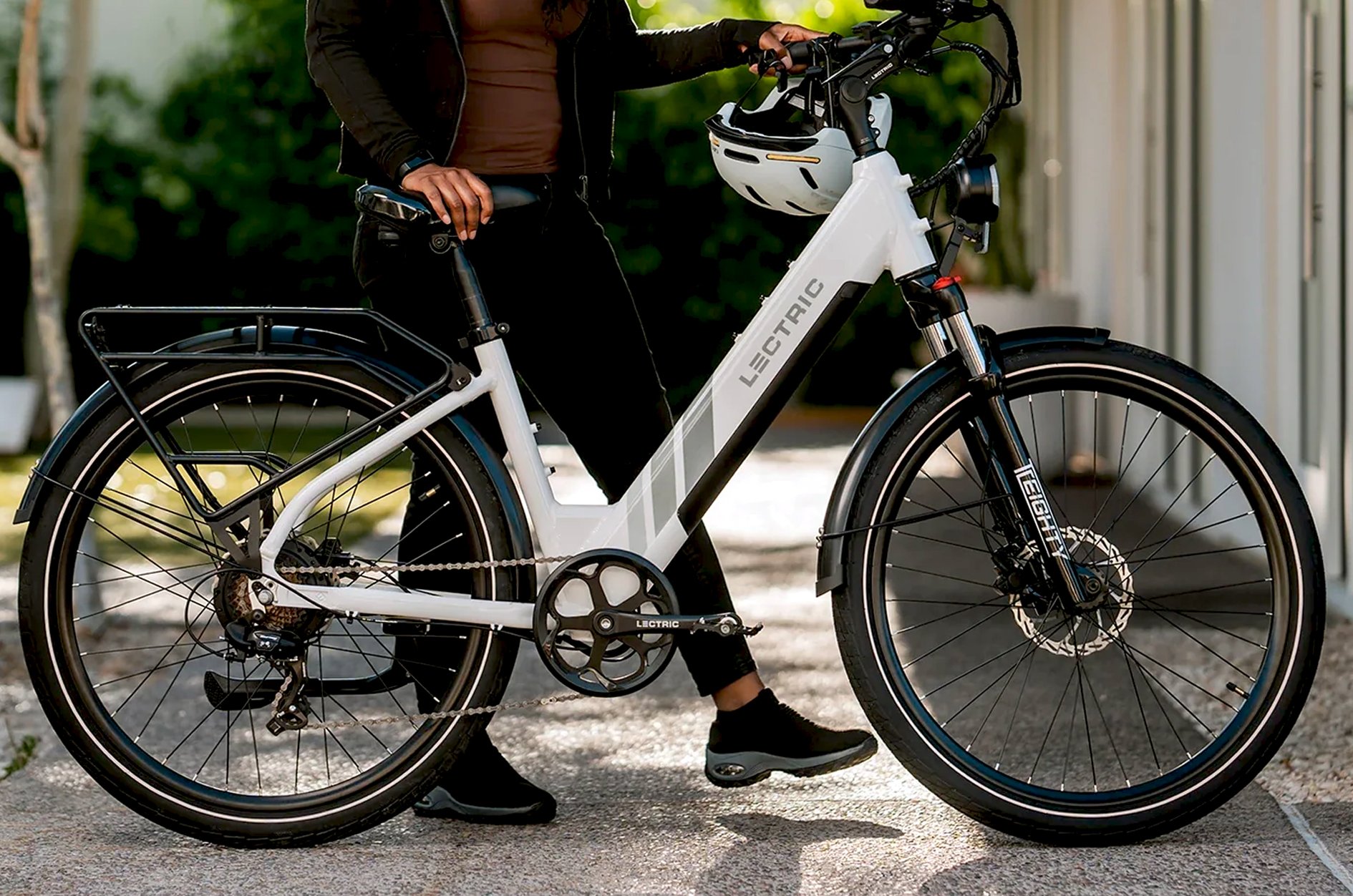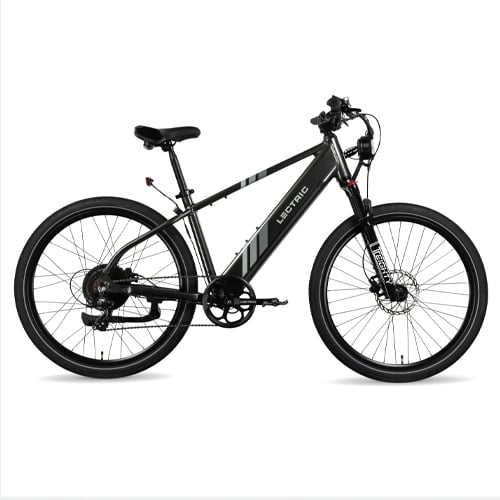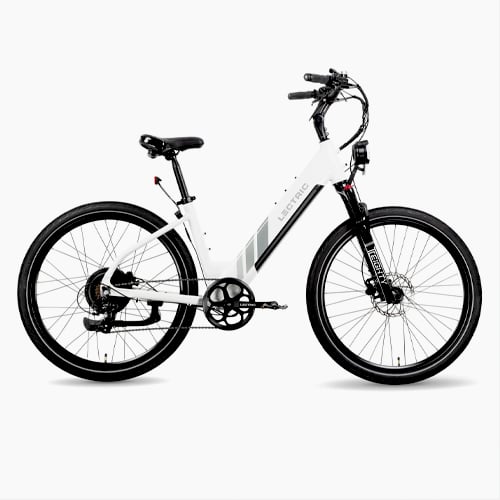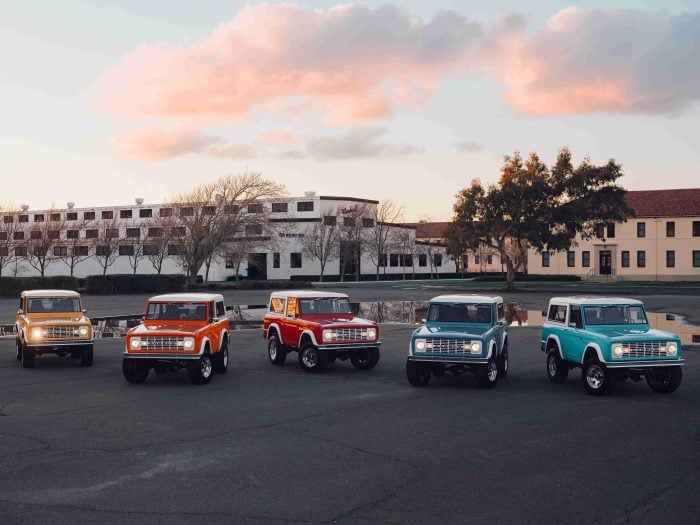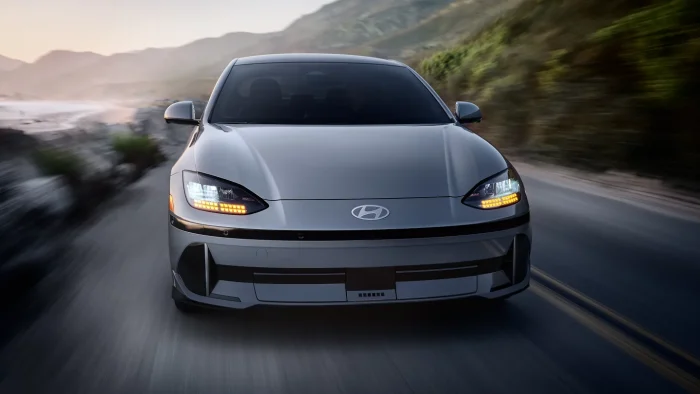No e-bike maker has done more in the past five years to get people out of their cars and onto a bike than Phoenix-based Lectric e-bikes. The company took the Class 3 folding bike–a product that generally costs consumers upwards of $2,000–back to the drawing board, stripping unnecessary equipment and luxuries in favor of efficiency and price point. The result was the Lectric XP series, a bike that can throttle to 28 mph, pull up to 300 pounds of cargo, and still costs under $1,000. The latest version, the XP3, quickly became the best-selling e-bike in the United States following its 2022 release. Now, the company has followed the same playbook with the commuter e-bike. Its forthcoming XPress series promises to shake up the e-bike segment with Class 3 efficiency and commuter comforts, with a $999 500w high-step commuter bike and a $1,299 750w long range option that comes in both step-through or high-step models. I recently acquired the XPress 750 high-step, and it’s already revolutionized my daily commute.
What to Expect From the Lectric XPress 750
Out of the box, the Lectric XPress 750 looks clean and comfortable. It arrives assembled save for the need to attach the front tire and snap on the pedals. The battery charged in about three hours. On my first ride I covered 28 miles and arrived home with just under half of the juice left, according to the color display. The bike’s stated range is 45 to 60 miles, and given that it’s fallen right in that zone on each of my rides to date I’m confident pushing it to 50 without feeling the sweat of range anxiety.
The bike’s basic specs include a TC•Eighty front suspension fork, a 7-speed drivetrain,180mm hydraulic disc brakes, and 27.5 x 2.1-inch city tires that are much easier to maneuver through busy city streets and around potholes than the thicker cargo bike tires. The bike has a Shimano 7-speed cassette with a Shimano derailleur. Lectric included a torque sensor right at the base of the pedal bar near the hub motor, which helps the motor react quickly when pedaling. I’ve found this particularly useful when riding adjacent to traffic and at intersections.
Speaking of torque, this is one of two performance areas where the XPress really stands out. I commute about 2,000 miles per year via e-bike. I’ve ridden multiple Class I and Class 3 e-bikes from my home in western Colorado to my coworking space 15 miles away, and have become partial to Class 3 bikes not only because of their speed (legally they can reach 28 mph) but because of the throttle and near-immediate torque. Though I pedal the entire way, I use the throttle regularly to push through busy intersections from a standstill. This is where I’ve noticed the biggest difference in throttling between the XP3 and the XPress. The throttle on the XPress takes up to one second to engage, slower than the XP3. However, the motor engages almost instantly on the XPress when pedaling from a standstill, quicker than on my XP3, so I’ve found myself using the throttle less on the newer bike.
This fact, combined with the XPress being a commuter bike rather than a cargo bike, means I burn slightly more calories riding the 15 miles into my coworking space. Cruising comfortably on the XPress 750 at power level 4 keeps me right around 20 mph and takes about 45 minutes. The same on the XP3 hovers at about 24 mph and takes about 40 minutes.
The second way this bike stands apart from the XP3 and from other bikes in its segment is the front suspension. With 80mm of travel, the bike can handle most bumps and lumps encountered during daily commuting. I’ve become accustomed to keeping a loose grip on the handlebars of my XP3 because, although the suspension isn’t bad on that bike, I feel everything I hit. The XPress better absorbs bumps so that I don’t have to loosen my grip.
Getting used to the new Lectric XPress 750
The XP3 took a few rides before I felt confident and comfortable on it. That’s because of its burly cargo design. The XPress 750, however, made me feel at home right away. Sitting on the saddle and pedaling on level 1 or 2 power doesn’t feel much different than on a traditional commuter bike. The balance is easy and the ride feels very natural–something that is particularly helpful if it’s your first time on an e-bike.
Tech-wise, the color display is a big step forward for Lectric and is especially useful in noting battery power. The bike comes with a light and rear reflector, and a battery that integrates right into the frame unlike the XP3, which required partially folding the bike in order to retrieve the battery out. Note that the light is not high-powered–I still ride with a Knog headlamp from dusk onward. Everything on the bike is easy to disconnect or replace, including the metal pedals and the electric wiring. Note that the wiring connecting the battery to the bike isn’t plugged in upon arrival, though all this requires is quickly fastening the two ends directly behind the display.
To turn on the light, hold the (+) button on the control pad until a display option to turn it on shows on the color display. This took me a bit to figure out, as the button can be a bit finicky in actually displaying this. The seat on the Lectric XPress is a big step forward for Lectric, with a softer and wider cushion that solves what proved to be one of my few issues with the XP3’s harder cushion. When you use the bike as your daily driver, being able to sink into the saddle is key to comfort.
Note that the bike will not accelerate to 28 mph without unlocking power level 08 on the display. To do this, hold the (+) and (-) buttons simultaneously until the display offers the option to raise or lower the power. Move up until the display reaches P08–now, when on the highest battery assist level, you’ll be able to throttle or use the pedal assist to reach 28 mph.
Final thoughts on the Lectric XPress
The Lectric XPress, especially the 750w version, is an ideal e-bike for urban commuters and students. But it’s also a solid option for residents of small towns, like myself. I commute through both town roads as well as country roads and the occasional stretch of packed gravel, and the bike performs well in all of these settings. It stops promptly when the brakes are pushed, and . Leaning into turns at speeds above 20 mph is undeniably fun, sort of like riding a scooter – and when my daily driver reminds me of my time traveling through Southeast Asia, it’s tough not to smile.

